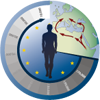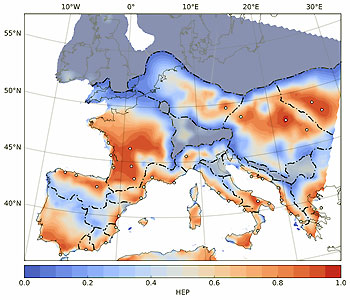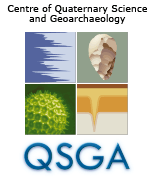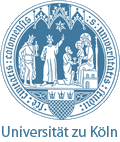From the 7th to the 12th of May 2019, I attended the EGU assembly in Vienna. Besides the opportunity to meet other scientists working in related fields and the possibility to get to know the current stand of ongoing research, I was able to exhibit the newest results of my Ph.D. project. At the poster session “Integrating stratigraphy, sedimentology, palaeontology and paleoclimate in human evolution and dispersal studies - from early hominins to the Holocene” I presented a poster titled “Human Existence Potential in Europe during the Last Glacial Maximum”. It showed a case study of hunter-gatherers existence during the Last Glacial Maximum (LGM) in Europe, while new quantities as the “Human Existence Potential (HEP)”, “Environmental Human Catchment (EHC)”, and “Best Potential Path” were introduced. The main results of this study are that Solutrean hunter-gatherers in western Europe were environmentally separated from eastern human groups during the LGM, hindering the dispersal of new technologies (paper in progress).
Text: Konstantin Klein
Konstantin Klein is a PhD-candidate in the E6-project. He is modelling palaeoclimate and early human migrations.









